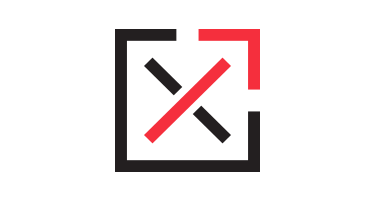Landing pages are becoming increasingly crucial to the operation of a successful search marketing campaign. An alternative to the traditional website, landing pages offer a highly targeted message to visitors, with the goal of generating leads.
What Is A Landing Page?
A landing page is any page that a visitor “lands” on after clicking an advertisement for your website. This is the first page that the visitor sees, and it provides an impression of your brand, product or service. As anyone who has ever applied for a job will know, first impressions are critical to determining overall success.
If you wear sweatpants and tennis shoes to a job interview you shouldn’t expect to be hired. Similarly, if your website is presenting a sloppy, unclear message you should not expect a visitor to want to hire you. A landing page is your elevator pitch – short, sweet, and to the point. The more you allow a visitor to get side tracked the less likely it is that they will remember why they wanted to work with you in the first place.
In order to get the right pitch to the right visitor, you must make sure that your landing pages are optimized based on your goals and the needs of the searcher.
Two Types Of Landing Pages
There are two types of landing pages. Each has a goal for the searcher as well as a goal for the website. Utilizing the correct landing page will improve your chances of capturing a lead.
1. Lead Generation Landing Pages
Lead generation landing pages are designed to generate form submissions and capture visitor information. The contact information should be the most prominent element of the page, drawing the eyes of the visitors.
-
The page should include a form and phone number.
-
Additional content should be limited.
- Offer an incentive or motivation to submit contact information.
2. Click Through Landing Pages
Click through landing pages are designed to provide information about a product or service. The goal of the page is to inspire a click, without necessarily obtaining contact information from the visitor.
-
Should include a contact phone number, but a form is not required.
-
Include information text such as comparisons to competitors and service advantages.
-
Provide incentive to click for more information such as a promotional code or offer.
Landing Page Elements
There are several elements of landing pages that aid in the acquisition of leads. Properly optimizing each element increases the percentage of visitors who convert into customers.
1. Heading & Messaging
The headlines and messaging of the landing pages should be consistent with the message that is promoted through PPC ads, email campaigns and more. Creating a consistent message reiterates why the visitor clicked your ads in the first place, and develops trust by following through on the message of the original ad.
2. Compelling Copy
The amount of text on your landing pages should be limited, so it’s crucial to make sure the text that you have counts. Promote call to action text prominently. In the case above, “You Must Request A Hearing Within 7 Days!” is called out in a red box. The red box draws the eye of the visitor and the message creates a sense of urgency. Immediately after the message is a form.
The text included in the landing page should only include as much as necessary to make a contact or purchase decision. Landing pages are not intended to be resources for information or research.
3. Forms
Lead generation landing pages should always include a form. In order to be as effective as possible, forms require their own optimization. Stay tuned for another post about creating forms that visitors won’t be afraid to use.
Don’t be afraid to provide an incentive. In this case, in return for the completed form the visitor gets a complimentary wedding budget guide.
Pro Tip: Ask for only the information that is absolutely necessary to generate a lead. Many visitors are wary of providing a phone number or email address for fear that they will receive unwanted marketing materials. You can chip away at this fear by offering an option to include a prefered method of contact.
Don’t Forget!
Landing pages are all about leads. While your website is meant to provide a resource for visitors, a landing page is meant to generate action. By eliminating choices and making the desired actions clear, landing pages can offer conversion rates far above and beyond those from the traditional website when properly developed and optimized.


